Lenovo Introduces Smart Glasses That Can Project PC Screens In Midair
Aadhya Khatri - Jan 11, 2021
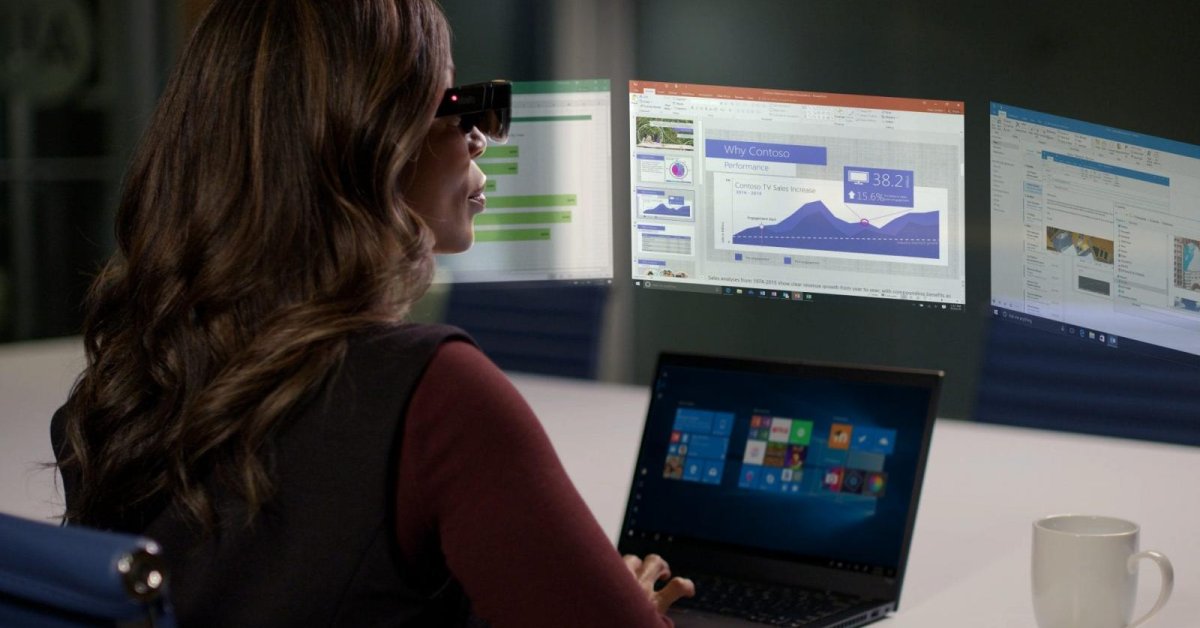
Many other companies have tried and failed, but Lenovo still has hope for the future of smart glasses
- Lenovo IdeaPad S145 Review: Decent Value But Awfully Underpowered
- Japanese Firm Introduces Smart Glasses That Can Cure Myopia
- Lenovo Legion Phone Price, Release Date, Specs, All You Need To Know
Many other companies have tried and failed, but Lenovo still has hope for the future of smart glasses. On Sunday, it introduced a pair of glasses that can make PowerPoint presentations and spreadsheets look like they are hanging midair.
Lenovo aims at both remote workers and business travelers when it launched this product. Before it, several companies have unsuccessfully tried to make a mainstream pair of smart glasses. However, they failed because of high prices, cumbersome designs, and poor displays.
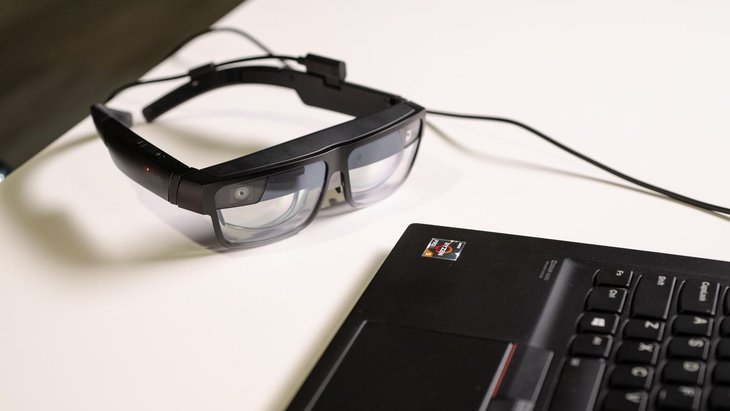
Back in 2012, Google introduced its own project with smart glasses equipped with a projection for notifications and messages. However, since the glasses could record video in secret, users didn’t exactly welcome it. The project was axed in 2015 but a version of it is still alive today but the target consumers are corporate users.
Another notable attempt is Magic Leap with its 10 years of development for a pair of virtual and augmented reality glasses. However, with the price tag of $2,300, the goggles struggled to find customers with that deep a pocket. Eventually, Rony Abovitz – its former CEO, left the company, along with half of its workforce.
Lenovo introduced its smart glasses during the CES show this year. They sport a microphone and speakers so that users could ask for information or talk to colleagues. They also feature a camera for recording and transmitting videos.
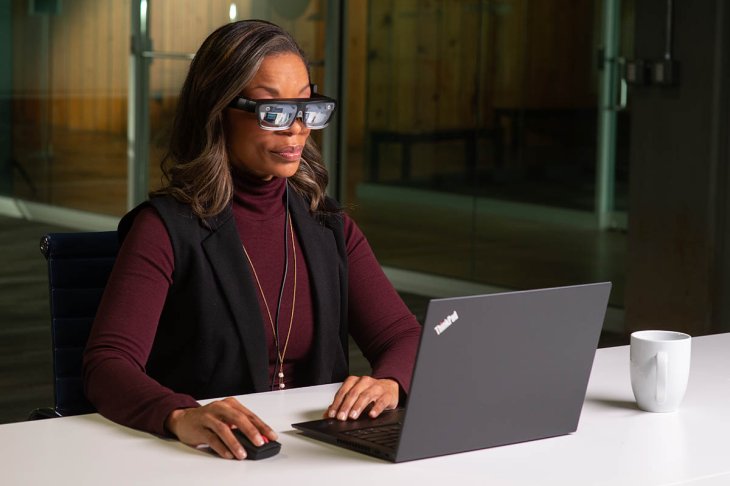
The glasses look quite heavy with chunky black rims. Lenovo calls them ThinkReality A3 – a reminder of the company’s well-known ThinkPad laptop line. While the company hasn’t announced the price, it did mention that the glasses would go on sale sometime mid-year.
When they are connected to a smartphone or a PC running Windows via a USB Type C Cable, the A3 glasses can show a maximum of five virtual screens that only the user can see. While the glasses are capable of virtual projections, users still need a mouse, a keyboard, and a trackpad to control and interact.
At launch, the glasses work with Motorola smartphones and Windows PC, not iPhones or any PC from Apple.
Lenovo marked its entry into the smart glass world last year with the ThinkReality A6 which can operate on its own without plugging into a PC. After that, it launched the Mirage VR 3 – a virtual reality headset similar to HTC’s Vive or Facebook’s Oculus Quest 2.
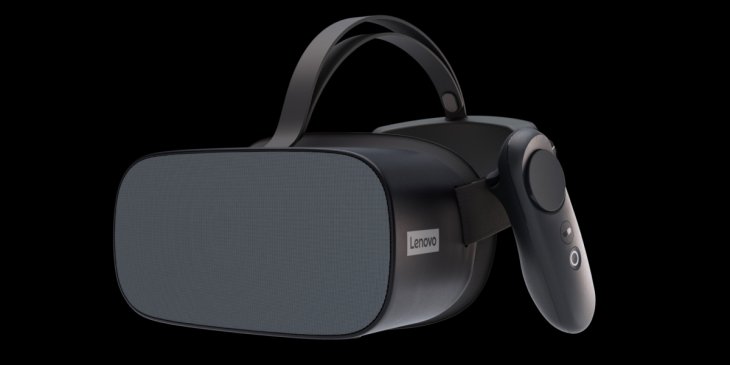
Before the pandemic, Lenovo’s target consumers were business travelers who are in need of a virtual workspace. However, as COVID-19 forced people to work from home, the company decided to include remote workers who found it hard to set up more than one big monitor on the kitchen table.
With the ability to connect to a mobile phone, the A3 glasses can tap into the huge potential of the 5G network, which can transfer data 100-times faster than the regular 4G, ideal to sustain a virtual environment.
Learning a lesson from Google’s case, Lenovo emphasized that the camera on the A3 was for remote expert use cases only.
Although the failure of other companies feels like an obstacle for Lenovo, one of the company’s executives said the smart glasses are more useful and capable. They run on a Qualcomm processor but they still need the extra computing power from the connected smartphone and PC.
>>> Apple Is Making A Special Steve Job AR Glasses, Or Is It Just A Rumor?
Featured Stories

Gadgets - Jul 21, 2025
COLORFUL Launches iGame Shadow II DDR5 Memory for AMD Ryzen 9000 Series

Gadgets - Jun 23, 2025
COLORFUL SMART 900 AI Mini PC: Compact Power for Content Creation

Review - Jun 18, 2025
Nintendo Switch 2 Review: A Triumphant Evolution Worth the Wait

Gadgets - Jun 18, 2025
Starlink: Why It’s a Big Deal for U.S. Internet in 2025

Gadgets - Jun 17, 2025
How Custom PC Setups Support India's Esports Athletes in Global Competition

Gadgets - Jun 12, 2025
Lava Prowatch Xtreme Launches with Google Fit Integration
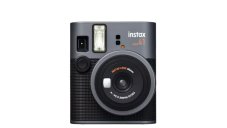
Gadgets - Jun 07, 2025
Fujifilm Instax Mini 41 Launches in India: Stylish Instant Camera Now Available...
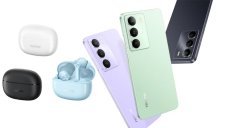
Mobile - Jun 07, 2025
Realme C73 5G Launches in India: Budget 5G Phone Starts at ₹10,499

Gadgets - Jun 07, 2025
OnePlus 13s Makes Indian Debut: Compact Flagship Brings Premium Features at...
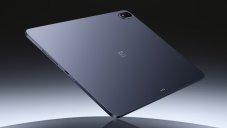
Gadgets - Jun 07, 2025
Comments
Sort by Newest | Popular